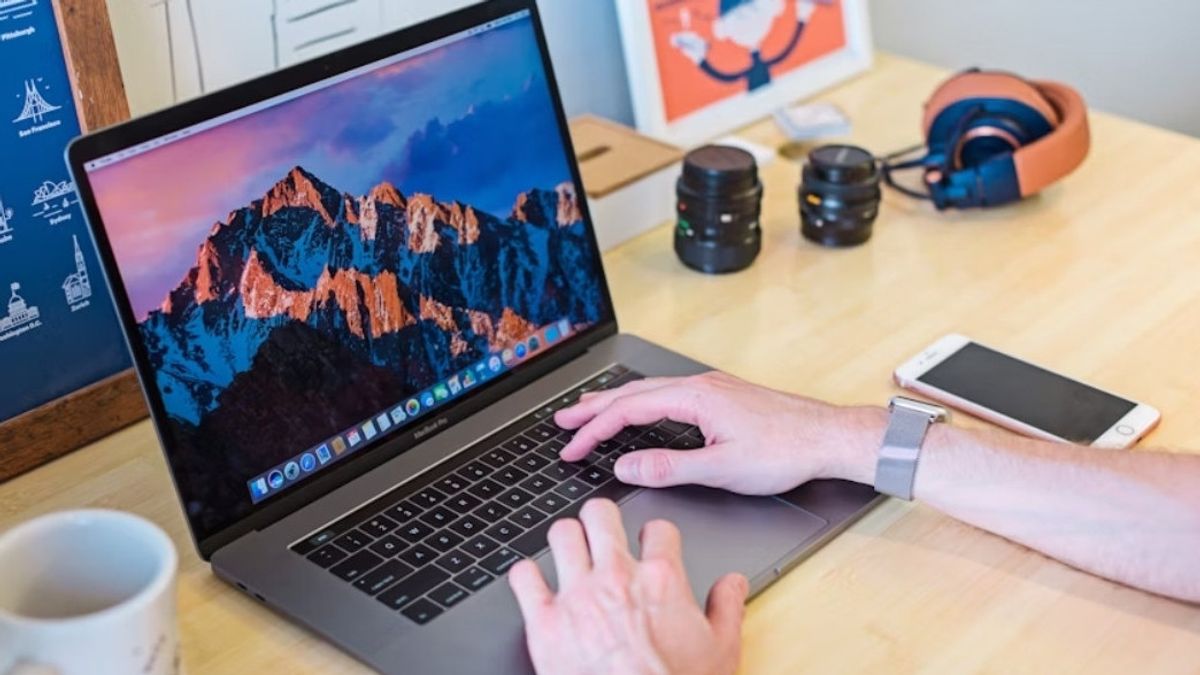JAKARTA Personal Exploration Features in Safari are almost similar to the Incognito feature in Chrome. Personal exploration will turn user activity into privacy, while Incognito disguises user activity.
The purpose of both features is similar, namely both of them want to protect user data from website managers or unknown tracking. If you are a MacBook user, you can use Personal Exploration to protect your activities.
The reason is, this feature will prevent Safari from remembering the pages visited, storing search history, and filling in information auto. If you are interested in using this feature, here is a guide for its use, quoted from Makeuseof.
Enable Personal Exploration On MacBook
To enable Private Exploration mode in macOS, open Safari first. After that, click File and select New Private Window. You can also open it quickly using the Shift + Cmd + n keyboard shortcut.
Once the new window opens, you can use the browser as usual. All tabs that you open will immediately enter Personal Exploration mode so that you can use Safari safely and comfortably.
SEE ALSO:
Deactivating Private Exploration Mode
Apple gives its users freedom. If they don't want to use Personal Explorer mode, Safari users can return to regular browsing mode. However, users must disable it via Settings.
Open System Settings via the Apple logo in the top right corner of the screen, click Screen Duration on the left-hand panel, then click Content and Privacy at the bottom of the Restrictions. After that, click the Content Restrictions menu.
When the Content Restrictions window is visible on the screen, change the settings in Access to Content Web to Limit Adult Web Sites. Setea changes the settings, now you can no longer use Personal Exploration mode.
The English, Chinese, Japanese, Arabic, and French versions are automatically generated by the AI. So there may still be inaccuracies in translating, please always see Indonesian as our main language. (system supported by DigitalSiber.id)
















